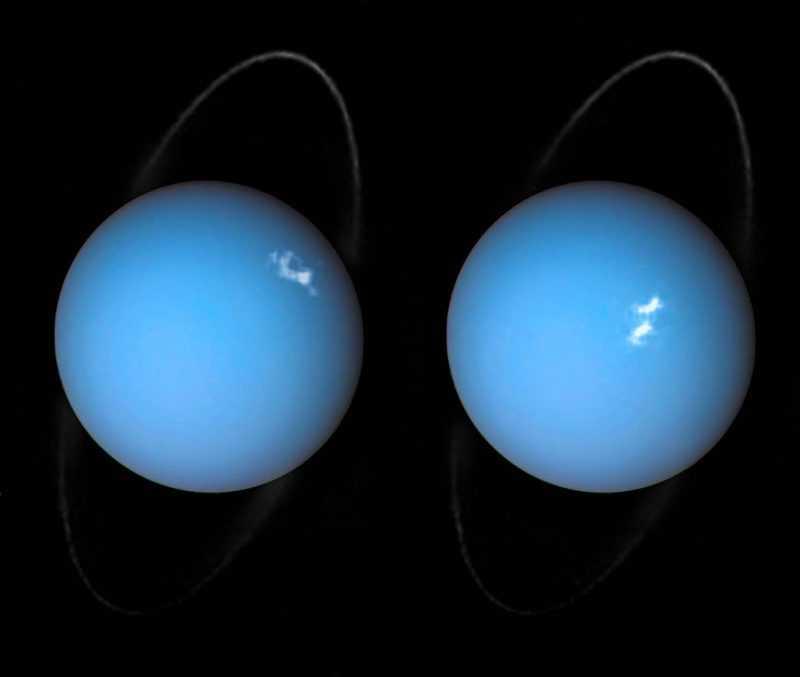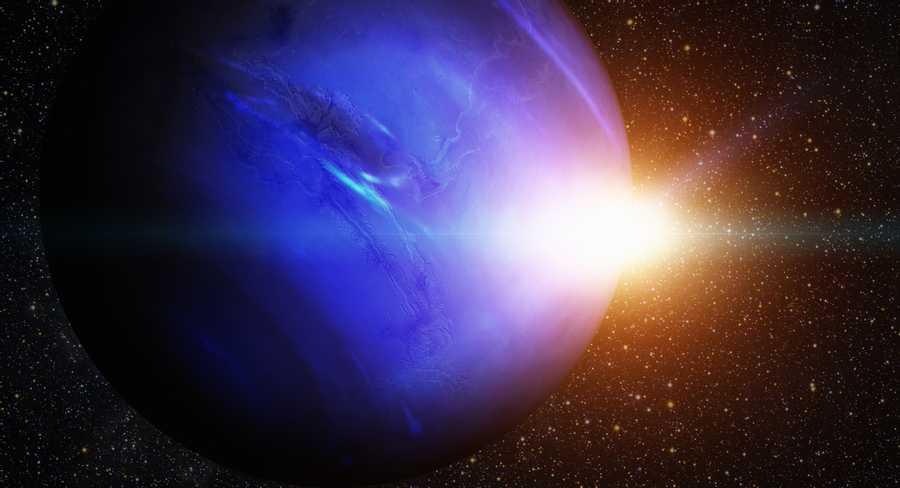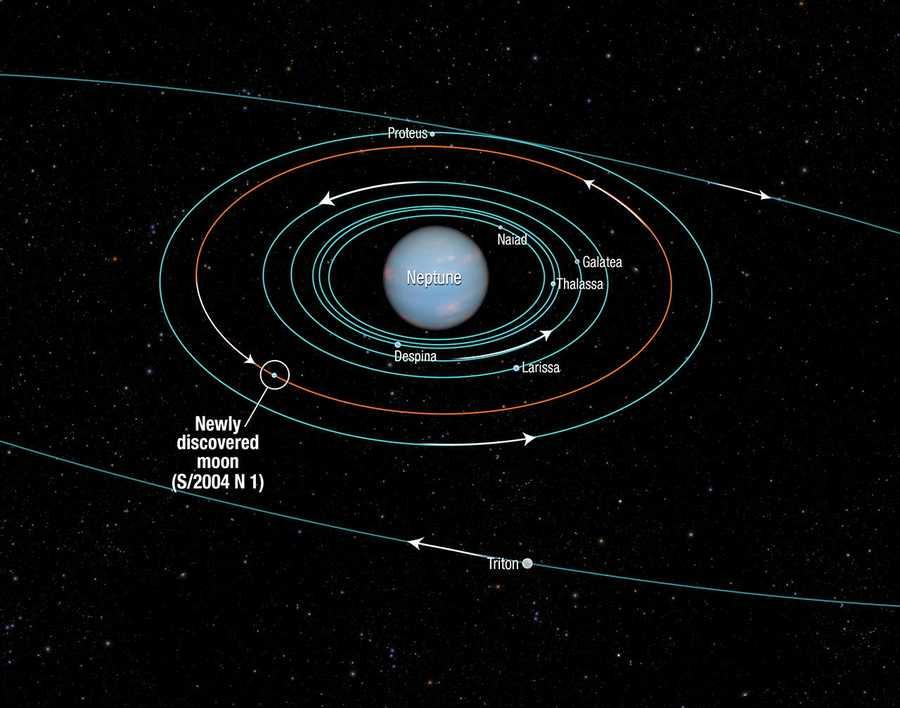Quick facts
Day: 17 hours 14 minutes
Year: 84 Earth years
Radius: 15,759.2 miles | 25,362 kilometers
Planet type: ice giant
Temperature: - -353.2 degrees Fahrenheit /-214 ° Celcius
Moons: 27 moons, Titania, Oberon, Umbriel, Ariel, Miranda
20
87 reads
CURATED FROM
IDEAS CURATED BY
I'm passionate about helping people live their best lives. I'm a lifestyle coach & burnout coach.
The idea is part of this collection:
Learn more about scienceandnature with this collection
How to choose the right music for different tasks
The benefits of listening to music while working
How music affects productivity
Related collections
Similar ideas to Quick facts
Quick facts
Day: 16 hours
Year: 165 Earth years
Radius: 15,299.4 miles | 24,622 kilometers
Planet type: Ice giant
Temperature: -392 degrees Fahrenheit / -200 degrees Celsius
Moons:
Moons
Neptune has 14 known moons, neptune's largest moon Triton was discovered on October 10, 1846, by William Lassell, just 17 days after Johann Gottfried Galle discovered the planet.
Since Neptune was named for the Roman god of the sea, its moons are named for various lesser sea gods and nymphs...
Read & Learn
20x Faster
without
deepstash
with
deepstash
with
deepstash
Personalized microlearning
—
100+ Learning Journeys
—
Access to 200,000+ ideas
—
Access to the mobile app
—
Unlimited idea saving
—
—
Unlimited history
—
—
Unlimited listening to ideas
—
—
Downloading & offline access
—
—
Supercharge your mind with one idea per day
Enter your email and spend 1 minute every day to learn something new.
I agree to receive email updates


